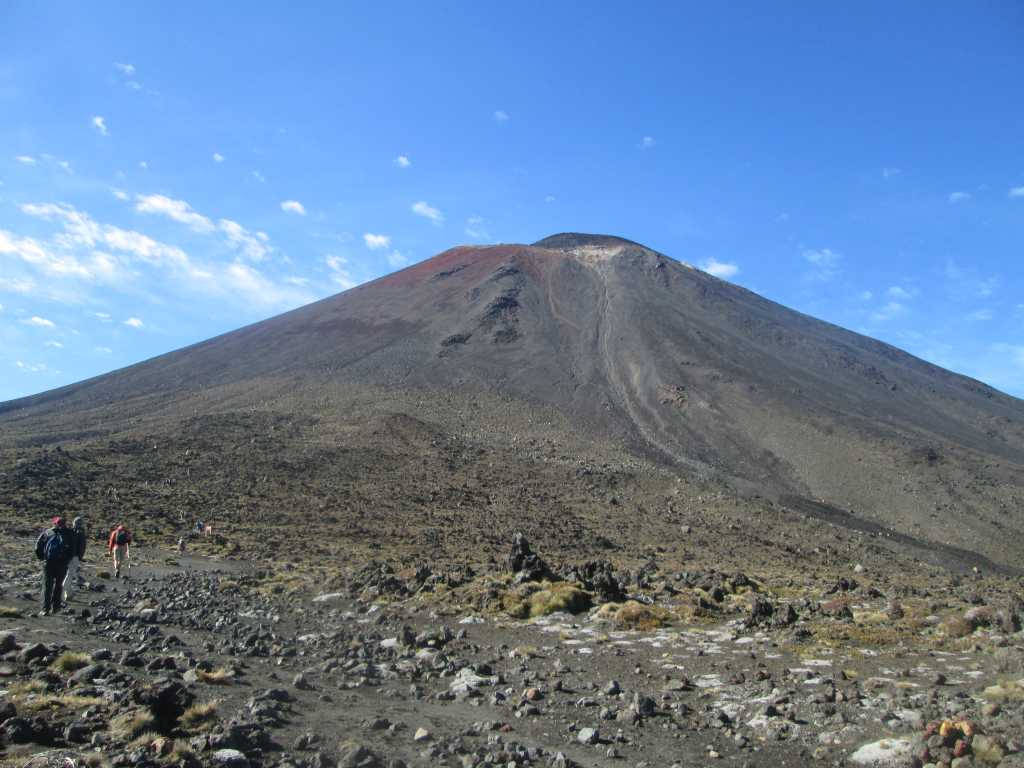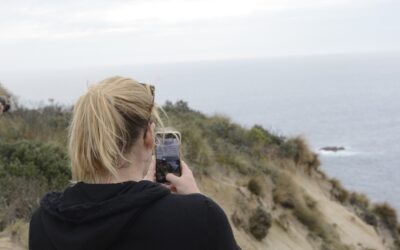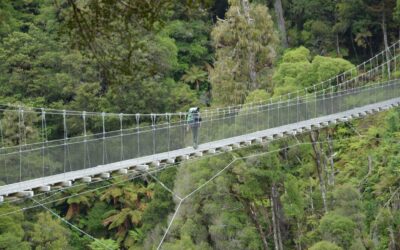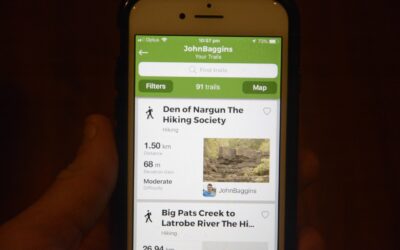Often described as the best day hike in the world, the Tongariro Alpine Crossing on the north island of New Zealand is nothing short of epic.
In fact, during the Great Walks season (October to April), there can literally be 1,000s of people walking the 19.4 km trail located in the northern sections of the world heritage listed Tongariro National Park.
However, despite its popularity among experienced and casual walkers alike, there is still a need to come adequately prepared for it.
In fact, I would argue that you should come prepared for anything & everything on the Crossing regardless of the time of year.
Unfortunately, there have been several people who have become hurt or disorientated for many reasons whilst hiking the trail.
Sadly, there have also been a number of people who have died; with a death occurring in 2019 where a coroner “found poor signage, splitting from a group, not paying attention to the weather and failing to carry a locator beacon” led to this poor person’s death.
While this blog article certainly doesn’t exist to scare you off from hiking this amazingly special trail, I think it’s important to make you aware of what is possible if things go pear-shaped.
With that in mind, let’s get stuck into what this blog is actually about – preparing to hike the Tongariro Crossing.
This blog article will feature everything from what gear to take with you, how much food & drink, whether or not you should hike it guided or unguided, and much more.
About the Tongariro Crossing Itself
The challenging, yet rewarding, walk begins at 1,120 m at the Mangatepopo Car Park in the Tongariro National Park.
The Mangatepopo Valley leads to a saddle between Mount Tongariro and Mount Ngauruhoe. From there, you can see South Crater before continuing on to Red Crater, which is the highest point on the Crossing. From Red Crater, you’ll have an incredible view of the surrounding area.
Afterwards, you’ll descend a steep slope littered with loose volcanic scree to the stunning Emerald Lakes.
Once you’ve passed Blue Lake, the track will sidle around the northern slopes of Mount Tongariro and then zigzag its way down to the road at 760 m.
The end of Tongariro Alpine Crossing is located at the Ketetahi Car Park where many of the local shuttle services come to pick up hikers who have recently completed the trail.
Side note: you might recognise the mountain above – Mount Ngauruhoe – as the volcanic Mount Doom mountain that features in Lord of the Rings.
This is yet another reason why 1,000s of people flock to the Crossing on a daily basis during the Great Walks season.
Clothing
As Crowded House once sang “four seasons in one day”, the same can very much be applied to the Tongariro Alpine Crossing.
Regardless of the weather conditions, it’s always important to come prepared for every type of weather imaginable because it can turn in an instant.
As the Tongariro National Park is very much an alpine environment, you can get everything from snow to the blazing sun.
Below is a baseline list of hiking clothing you will need when attempting the Tongariro Alpine Crossing.
- A windproof & waterproof jacket
- Warm base layers – a quality set of merino base layers are recommended
- Lighter clothing such as t-shirts and shorts
- Waterproof pants
- Sturdy, waterproof hiking boots or trail runners
- Beanie and gloves
- Sunglasses and hat
Gear & Food
While you won’t need a large backpack for your Tongariro adventure, we would recommend carrying a smaller one stocked with plenty of supplies to see you through the entire day.
I’d recommend including the following:
- Plenty of lightweight, high-energy, high-calorie foods – think Snickers, Peanut M&Ms, scroggin, etc.
- A lunch option if you know you’re going to get hungry regularly
- Water – a hydro bladder and another water bottle (just in case; you also can’t source water on the trail)
- Map, compass, or GPS
- Mobile phone
- A camera – given the scenery, you’ll want to take a few thousand photos
- A lightweight first aid kit – an absolute must
- Toilet paper – there are toilets at two locations on the trail, Mangatepopo Car Park & Ketetahi Hut, but it’s always good to have some toilet paper in your backpack
Tongariro Crossing Weather
As I’ve already mentioned, the weather in the Tongariro National Park can change without warning. One minute it’s steaming hot; the next there are 65-kilometre winds all around you.
You will really need to be prepared for all types of weather that may come your way while you’re out there.
The scary thing is that regardless of what sort of weather you’re experiencing at the trailhead in the Mangatepopo car park, it can be vastly different from what’s happening several kilometres away.
The best piece of advice I can offer you here is to be prepared to change your plans and turn back if necessary; especially when visibility becomes poor and wind speed starts to increase.
Honestly, it’s not worth it.
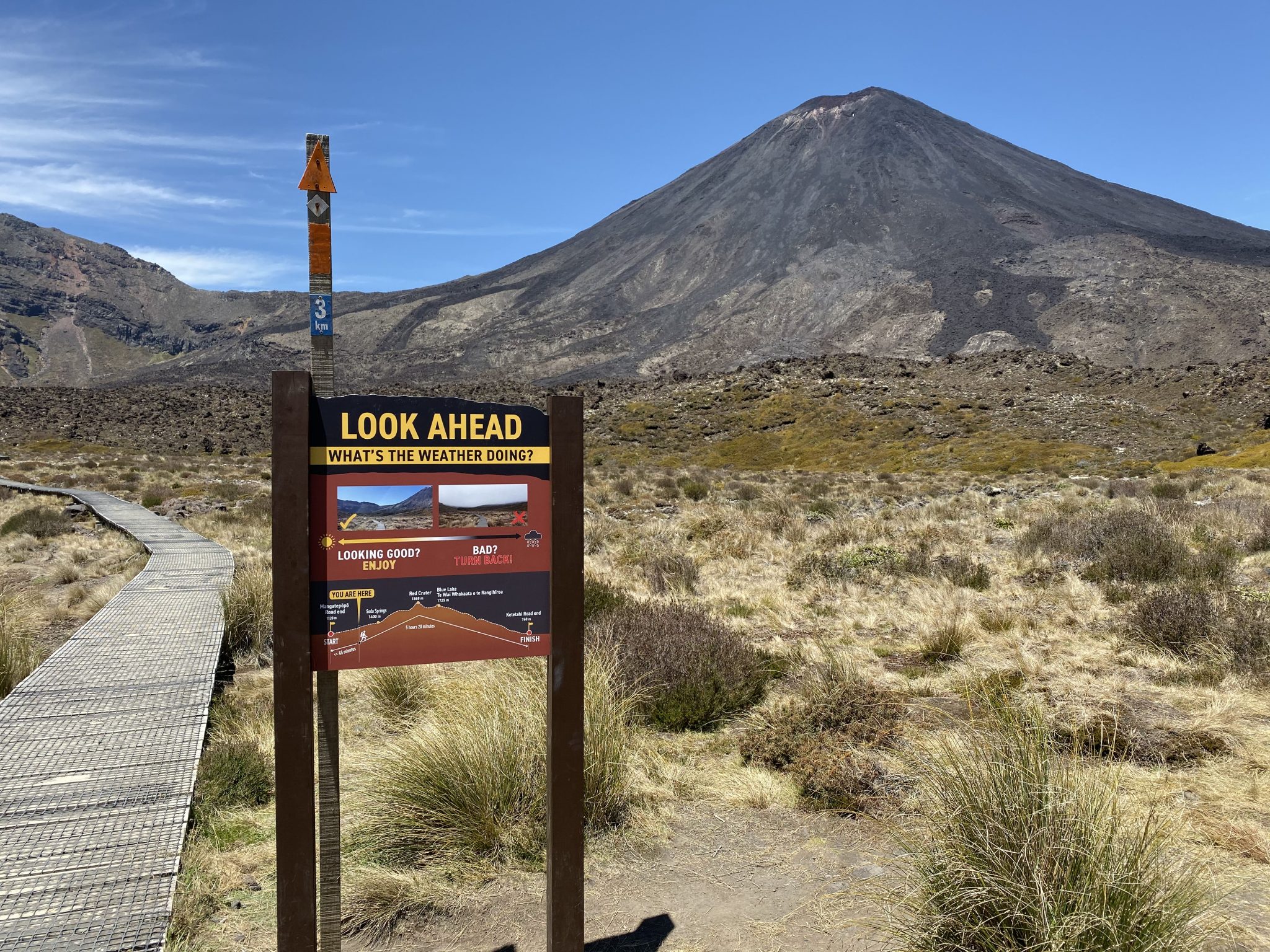
There have been times when I have been on the trail where I have witnessed hikers wanting to push on despite warnings from park rangers.
And all because they had a flight to catch the following day and didn’t want to miss out doing it.
Along the South Crater, and as you begin to climb your way up to Red Crater, there are plenty of signs clearly telling you what’s ahead and if to turn around if, at any point, you’re not feeling your best.
Transport
Unless you have your own car with someone willing to pick you up and drop you off, getting to and from the Tongariro Alpine Crossing typically involves engaging one of the local shuttle operators.
Most shuttle services will drop you at the trailhead on Mangatepopo Road at around 7-7:30 am to ensure you are back at the Ketetahi Car Park in time to be picked up.
When I hiked the Crossing in early 2016, our shuttle service provider gave us a brochure outlining at what time we needed to be at certain locations to ensure we were back in time.
Accommodation
After a very challenging but rewarding hike on the Tongariro Crossing, you’re probably going to want to stay somewhere nearby and have a relaxing night.
The great news is that there is a variety of accommodation available to you in the Tongariro National Park and surrounding areas.
One of the more popular places to stay is the Whakapapa Village which is located not too far from the trailhead and has a variety of accommodations.
There are also other places to stay in nearby towns such as National Park, Turangi, Taupo, Ohakune, Owhango, Taumarunui, and more.
It’s worth noting that you’ll be able to book a shuttle to the Crossing through many of these accommodation providers.
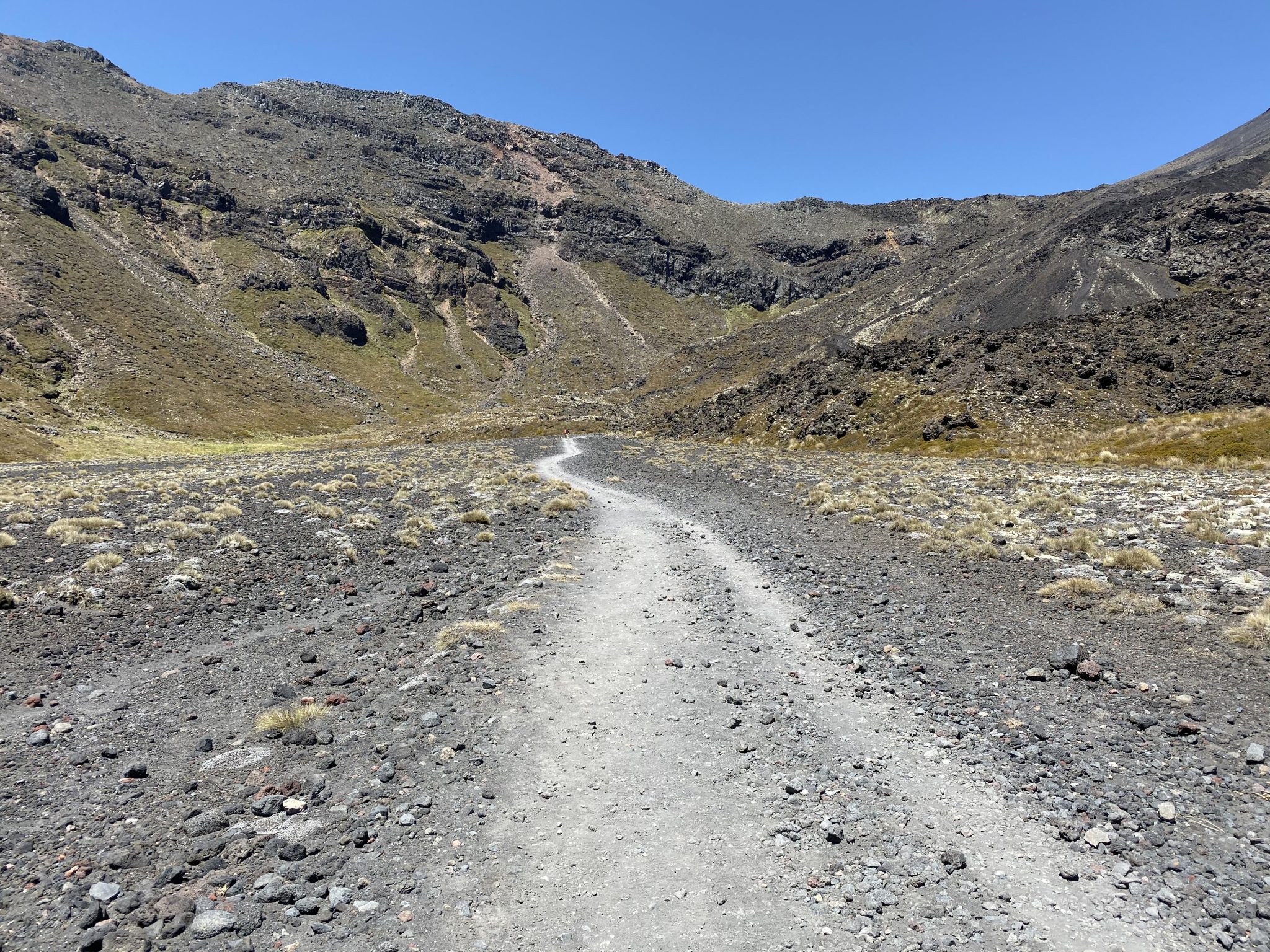
Whilst it comes with its various challenges, hiking the Tongariro Alpine Crossing is certainly an enjoyable experience and one that you will almost certainly never forget.
It certainly pays to be appropriately prepared to hike the Crossing, so I hope the information I have included in this blog article will help you get ready for what I know will be an incredible adventure in an amazing part of the world.
